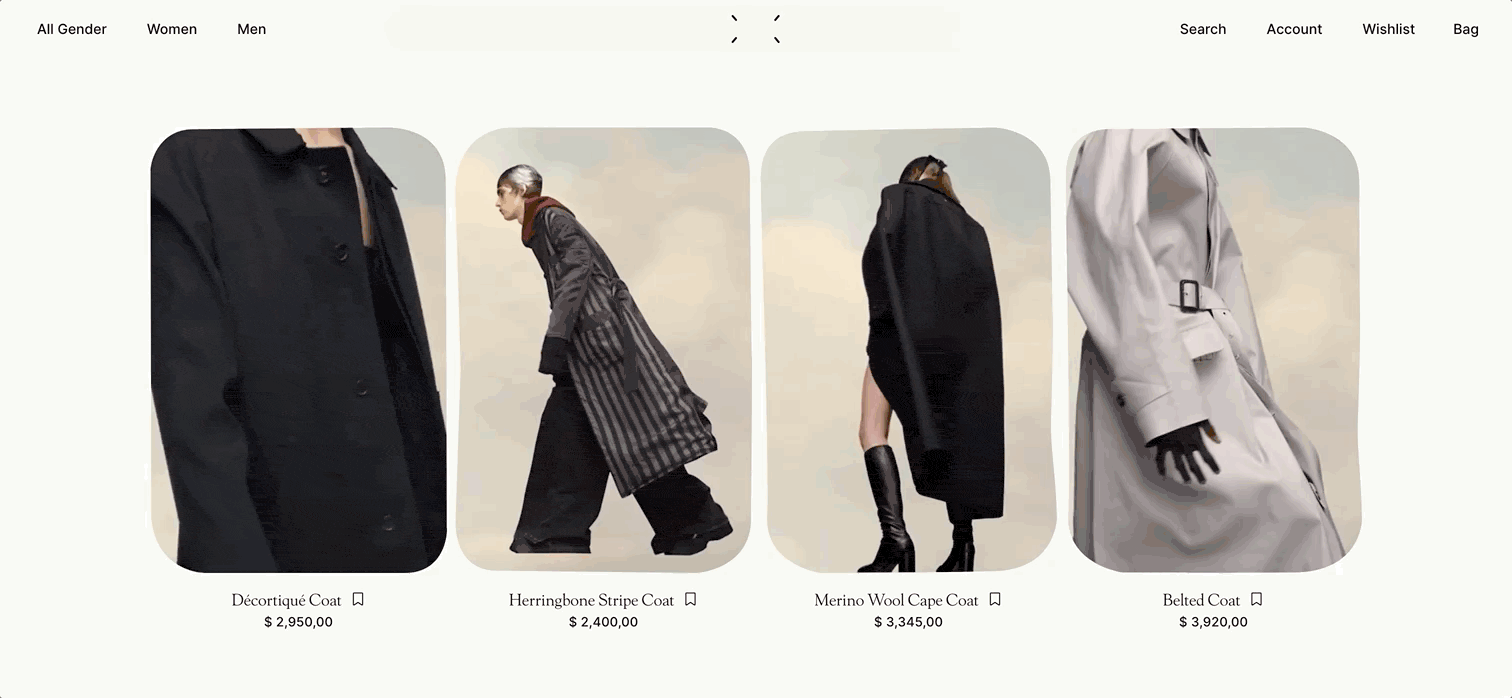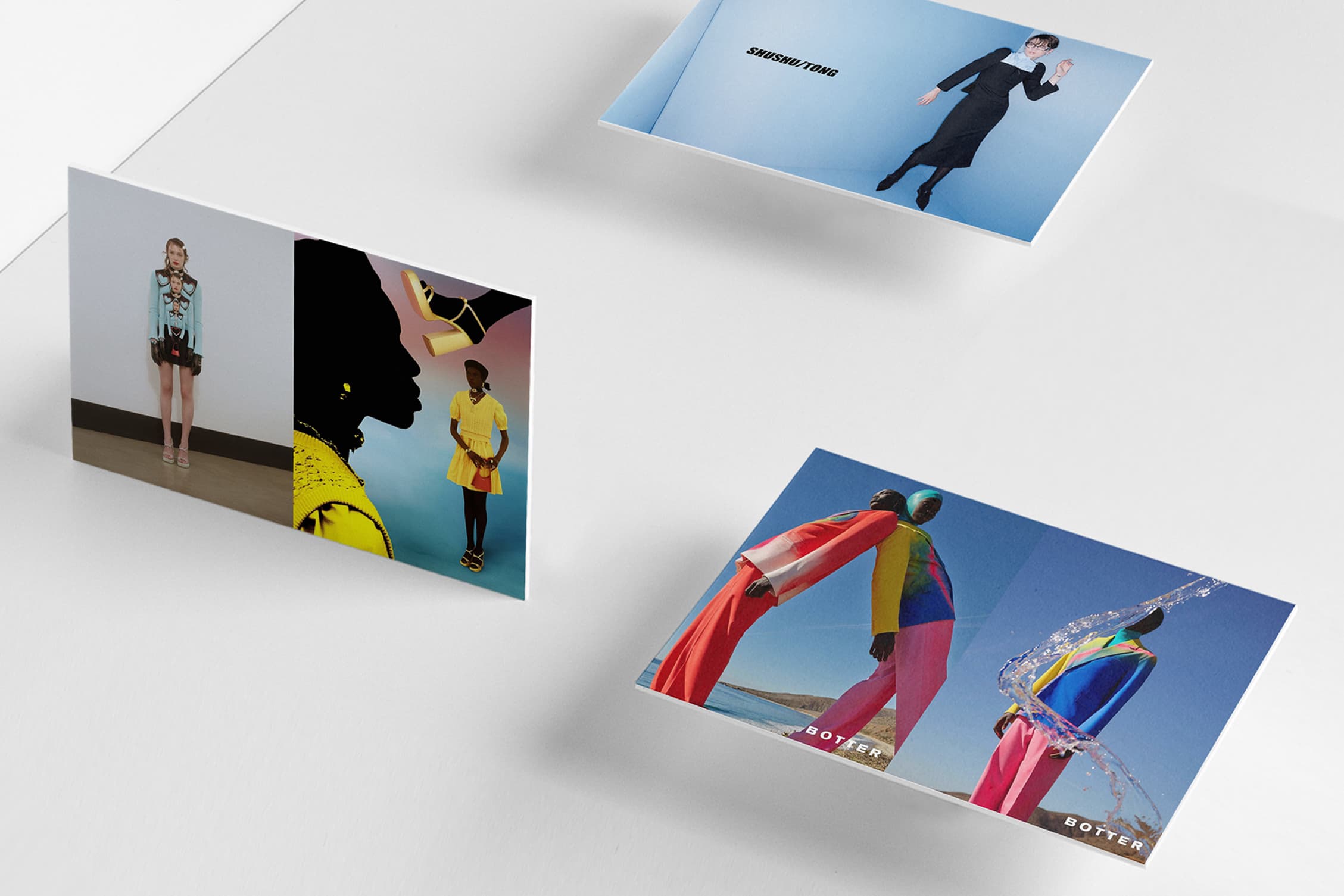One Key Creative Can Make a World of Difference
By Mark Wittmer
Thriving in the fashion industry doesn’t just mean making great clothes. While excellent design is of course a key ingredient, success means being able to translate the identity and values behind it into compelling brand communications. Enter the art director: illuminating a design vision with impactful visual storytelling, this creative plays a pivotal role as they expand brand assets into a holistic creative world – thereby driving new sales and breaking out of the status quo.
Here we’ll take a look at how adding one key player to your team can make the difference between growth and stagnation, turning already allocated costs into substance that makes a difference.
Index
- Singular Vision, Second Opinion
- From Lookbook to Campaign: The Art of Elevated Communication
- Drawing on the Creative Circle
- Key Takeaways


Singular Vision, Second Opinion
An art director brings the perspective and experience to translate creative assets into high-impact marketing communications that an independent brand may not have internally.
While a creative director at a major fashion house has a large design team at their disposal, freeing them to focus on their main role of driving all levels of the house’s image and communications, younger designers have plenty on their plate with creating collections and navigating the challenges of growing a new, independent brand. A designer’s vision for the brand doesn’t stop when the clothes are on the model, but this stage represents a creative pivot, and one that can see a brand creative director get stretched quite thin in an attempt to handle it on their own.
Though clothing design is of course a core element in conveying brand image, an additional perspective can be the missing link needed to transform product or lookbook shots into beautiful, meaningful, enticing campaign imagery. An art director fills this space, putting their imaginative powers and visual communication skills to work in translating design ideas into a high-impact aesthetic narrative.
All too often, brands focus on creating content that maintains a current status quo of sales, rather than finding ways to build on these successes and expand sales through dynamic new initiatives.
Daily Paper provides an excellent case study in a young brand accomplishing major growth by teaming with art directors to translate its core values. With a celebration of African diaspora culture and Black creativity at its heart, the brand’s founding trio has called on a range of creative directors to embody this vision through campaigns that merge Afrofuturist aesthetics with community-driven looks at music, skate, and streetwear subcultures.
From Lookbook to Campaign: The Art of Elevated Communication
One of the major areas for growth we see for younger designers and brands is a focus on creating lookbooks, rather than taking it to the next level by creating a campaign. While a lookbook can be an important way to maintain sales by connecting specifically with retailers and consumers who are already aware of and interested in shopping the brand, and the two can begin from a similar photographic approach, a campaign has a more expansive and aspirational reach. An art director is a key player in undertaking this transition.
A campaign is set apart from a lookbook by perspective, narrative, and execution. A lookbook shows the what of a collection; a campaign shows the who, why, and how. What kind of person brings these designs to life? Why does this design statement matter now? Does this vision reveal or express something about ourselves, our desire, our world? It can often be minimal, but a campaign should introduce its viewer to a story in motion, drawing them into an established world with characters, history, and desires for the future. In addition to showing some thoughtfulness in visual approach and concept, a campaign is a standalone statement of brand identity. While lookbooks often only make sense in the context of a brand’s website, a campaign requires the finishing touches – often in the form of art direction and graphic design – that make it communicate brand intent on its own terms.





While a lookbook still has an important function as makes connections through consumer-focused publications or lives on a brands website where it can directly drive sales, it should thus be considered as part of a holistic brand ecosystem – an ecosystem that an art director can help to define – rather than a final image that expresses the totality of the brand. And even within this specific and confined role, there’s still room for experimentation and creativity.
Though it certainly isn’t a young or emerging brand, Maison Margiela set a new high water mark for rethinking the lookbook format for a brand’s website. The house teamed with revered fashion image-maker Nick Knight, who saw film as the missing link for e-commerce and reimagined the typical still-image shopping format with gorgeous video clips that show clothing as it is meant to be seen: in motion.

Drawing on the Creative Circle
Yes, enlisting an art director is an investment, but it is one that creates returns far beyond the face value of a fee (which, in the first place, need not be as expensive as you may think). Most art directors working within the fashion industry have an established network of fellow creatives they have worked with in the past, and with whom they are excited to work with again: photographers, makeup artists, set designers, and more.
Not only do these existing relationships help boost the excitement on set and potentially save on production costs, but they also play an important role in deepening the sense of cohesion and creative direction needed for an impactful ad campaign.


Key Takeaways
Adding one key player to your team can make the difference between growth and stagnation, turning already allocated costs into substance that makes a difference.
An art director bridges the gap between clothing design and successful marketing communication, translating brand identity and telling a meaningful story by maximizing the visual impact of creative assets.
All too often brands focus on creating content that maintains a current status quo of sales, rather than finding ways to build on these successes and expand sales through dynamic new initiatives. An art director can take the lead on leveraging existing creative assets into meaningful new brand expressions.
While lookbook imagery serves an important purpose in connecting consumers with product, a campaign is a deeper and broader way to express brand narrative and draw in meaningful new connections.
Teaming with an art director also brings the benefit of their extended creative circle, augmenting the holistic creative vision of a campaign while potentially reducing production costs.





